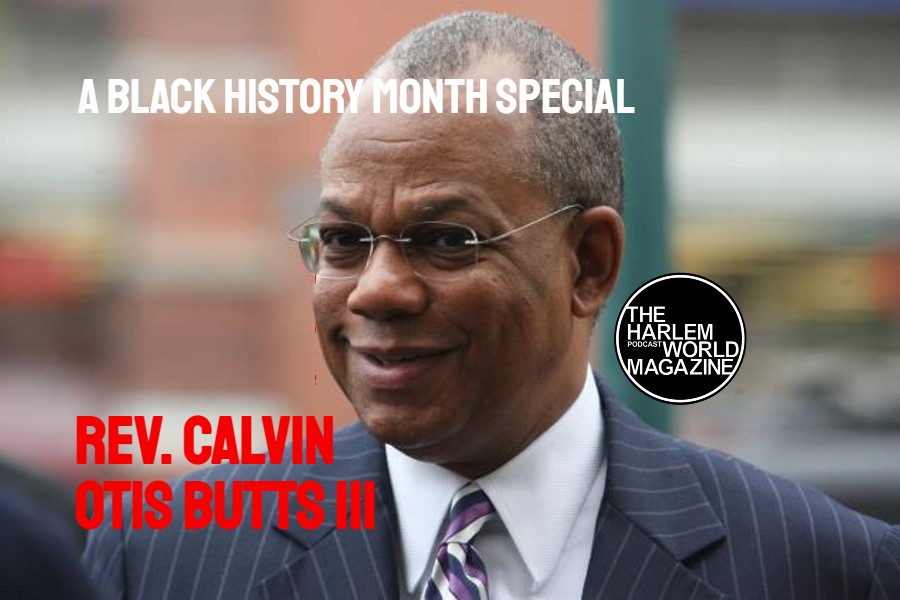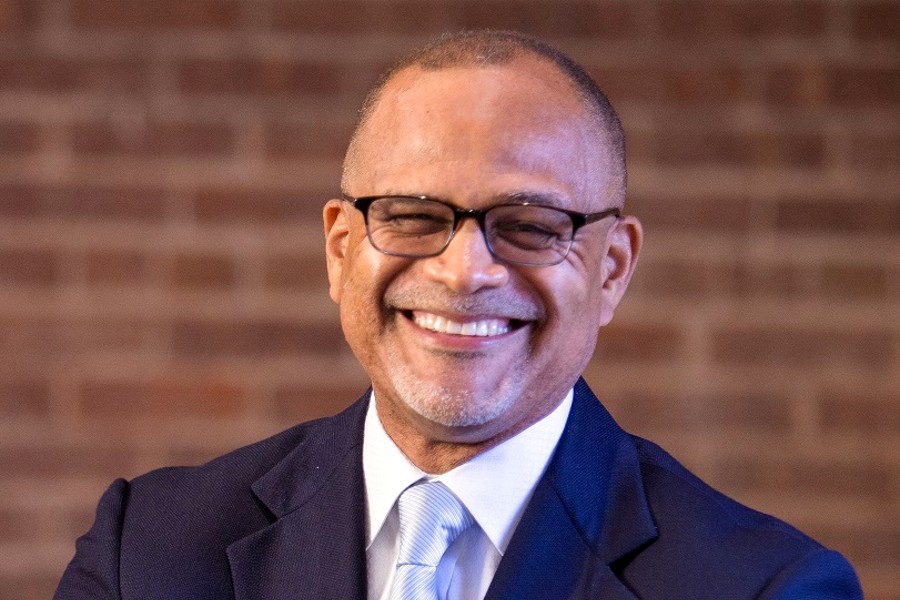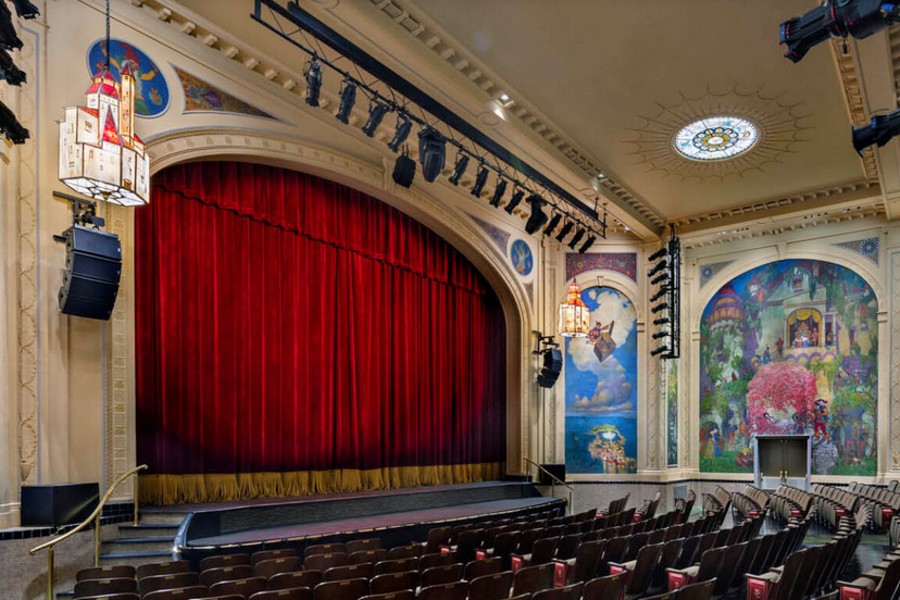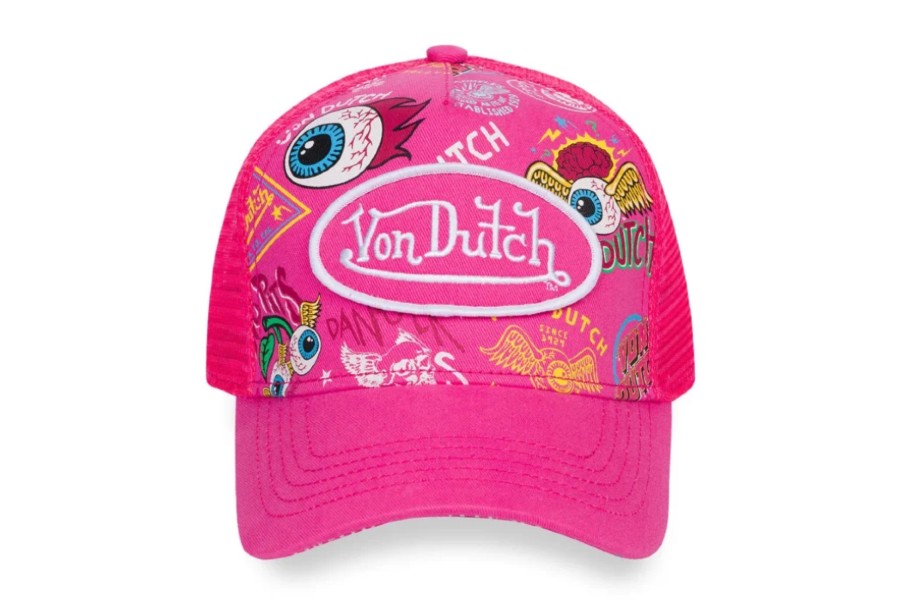 Henry Saint Clair Fredericks (born May 17, 1942), who uses the stage name Taj Mahal, is an American Grammy Award winning blues musician. He incorporates elements of world music into his music. A self-taught singer-songwriter and film composer who plays the guitar, banjo and harmonica (among many other instruments),Mahal has done much to reshape the definition and scope of blues music over the course of his almost 50 year career by fusing it with nontraditional forms, including sounds from the Caribbean, Africa and the South Pacific.
Henry Saint Clair Fredericks (born May 17, 1942), who uses the stage name Taj Mahal, is an American Grammy Award winning blues musician. He incorporates elements of world music into his music. A self-taught singer-songwriter and film composer who plays the guitar, banjo and harmonica (among many other instruments),Mahal has done much to reshape the definition and scope of blues music over the course of his almost 50 year career by fusing it with nontraditional forms, including sounds from the Caribbean, Africa and the South Pacific.
Born Henry Saint Clair Fredericks, Jr. on May 17, 1942 in Harlem, New York, Mahal grew up in Springfield, Massachusetts. Raised in a musical environment, his mother was the member of a local gospel choir and his father was a West Indian jazz arranger and piano player. His family owned a shortwave radio which received music broadcasts from around the world, exposing him at an early age to world music.Early in childhood he recognized the stark differences between the popular music of his day and the music that was played in his home. He also became interested in jazz, enjoying the works of musicians such as Charles Mingus, Thelonious Monk and Milt Jackson.His parents came of age during the Harlem Renaissance, instilling in their son a sense of pride in his West Indian and African ancestry through their stories.
Because his father was a musician, his house was frequently the host of other musicians from the Caribbean, Africa, and the United States. His father, Henry Saint Clair Fredericks Sr., was called “The Genius” by Ella Fitzgerald before starting his family. Early on, Henry Jr. developed an interest in African music, which he studied assiduously as a young man. His parents also encouraged him to pursue music, starting him out with classical piano lessons. He also studied the clarinet, trombone and harmonica. When Mahal was eleven his father was killed in an accident at his own construction company, crushed by a tractor when it flipped over. This was an extremely traumatic experience for the boy. Mahal’s mother later remarried. His stepfather owned a guitar which Taj began using at age 13 or 14, receiving his first lessons from a new neighbor from North Carolina of his own age that played acoustic blues guitar. His name was Lynwood Perry, the nephew of the famous bluesman Arthur “Big Boy” Crudup. In high school Mahal sang in a doo-wop group.
For some time Mahal thought of pursuing farming over music. He had developed a passion for farming that nearly rivaled his love of music—coming to work on a farm first at age 16. It was a dairy farm in Palmer, Massachusetts, not far from Springfield. By age nineteen he had become farm foreman, getting up a bit after 4:00 a.m. and running the place. “I milked anywhere between thirty-five and seventy cows a day. I clipped udders. I grew corn. I grew Tennessee redtop clover. Alfalfa.” Mahal believes in growing one’s own food, saying, “You have a whole generation of kids who thinks everything comes out of a box and a can, and they don’t know you can grow most of your food.” Because of his personal support of the family farm, Mahal regularly performs at Farm Aid concerts.
Taj Mahal, his stage name, came to him in dreams about Gandhi, India, and social tolerance. He started using it in 1959 or 1961—around the same time he began attending the University of Massachusetts. Despite having attended a vocational agriculture school, becoming a member of the National FFA Organization, and majoring in animal husbandry and minoring in veterinary science and agronomy, Mahal decided to take the route of music instead of farming. In college he led a rhythm and blues band called Taj Mahal & The Elektras and, before heading for the West Coast, he was also part of a duo with Jessie Lee Kincaid.
In 1964 he moved to Santa Monica, California, and formed Rising Sons with fellow blues musician Ry Cooder and Jessie Lee Kincaid, landing a record deal with Columbia Records soon after. The group was one of the first interracial bands of the period, which likely made them commercially unviable.An album was never released (though a single was) and the band soon broke up, though Legacy Records did release The Rising Sons Featuring Taj Mahal and Ry Cooder in 1993 with material from that period. During this time Mahal was working with others, musicians like Howlin’ Wolf, Buddy Guy, Lightnin’ Hopkins, and Muddy Waters. Mahal stayed with Columbia after The Rising Sons to begin his solo career, releasing the self-titled Taj Mahal in 1968, The Natch’l Blues in 1969, and Giant Step/De Old Folks at Home (also in 1969). During this time he and Cooder worked with The Rolling Stones, with whom he has performed at various times throughout his career. In 1968, he performed in the film The Rolling Stones Rock and Roll Circus. He recorded a total of twelve albums for Columbia Records from the late 1960s into the 1970s. His work of the 1970s was especially important, in that his releases began incorporating West Indian and Caribbean music, jazz and reggae into the mix. In 1972 he wrote the film score for the movie Sounder, which starred Cicely Tyson.
In 1976 Mahal left Columbia Records and signed with Warner Bros. Records, recording three albums for them. One of these was another film score for 1977’s Brothers; the album shares the same name. After his time with Warner Bros. Records he struggled to find another record contract, this being the era of heavy metal and disco music.
Stalled in his career, he decided to move to Kauai, Hawaii in 1981 and soon formed The Hula Blues Band. Originally just a group of guys getting together for fishing and a good time, the band soon began performing regularly and touring. He remained somewhat concealed from most eyes while working out of Hawaii throughout most of the 1980s before recording Taj in 1988 for Gramavision. This started a comeback of sorts for him, recording both for Gramavision and Hannibal Records during this time.
In the 1990s he was on the Private Music label, releasing albums full of blues, pop, R&B and rock. He did collaborative works both with Eric Clapton and Etta James.
In 1998, in collaboration with renowned songwriter David Forman, producer Rick Chertoff and musicians Cyndi Lauper, Willie Nile, Joan Osborne, Rob Hyman, Garth Hudson and Levon Helm of The Band, and The Chieftains, he performed on the Americana album Largo based on the music of Antonín Dvořák.
In 1997 he won Best Contemporary Blues Album for Señor Blues at the Grammy Awards, followed by another Grammy for Shoutin’ in Key in 2000.[14] He performed the theme song to the children’s television show Peep and the Big Wide World, which began broadcast in 2004.
In 2002, Mahal appeared on the Red Hot Organization’s compilation album Red Hot and Riot in tribute to Nigerian afropop musician Fela Kuti. The Paul Heck produced album was widely acclaimed, and all proceeds from the record were donated to AIDS charities.
Mahal leads with his thumb and middle finger when fingerpicking, rather than with his index finger as the majority of guitar players do. “I play with a flatpick,” he says, “when I do a lot of blues leads.” Early in his musical career Mahal studied the various styles of his favorite blues singers, including musicians like Jimmy Reed, Son House, Sleepy John Estes, Big Mama Thornton, Howlin’ Wolf, Mississippi John Hurt, and Sonny Terry. He describes his hanging out at clubs like Club 47 in Massachusetts and Ash Grove in Los Angeles as “basic building blocks in the development of his music.”[15] Considered to be a scholar of blues music, his studies of ethnomusicology at the University of Massachusetts would come to introduce him further to the folk music of the Caribbean and West Africa. Over time he incorporated more and more African roots music into his musical palette, embracing elements of reggae, calypso, jazz, zydeco, rhythm and blues, gospel music, and the country blues—each of which having “served as the foundation of his unique sound.” According to The Rough Guide to Rock, “It has been said that Taj Mahal was one of the first major artists, if not the very first one, to pursue the possibilities of world music. Even the blues he was playing in the early 70s — ‘Recycling The Blues & Other Related Stuff’ (1972), ‘Mo’ Roots’ (1974) — showed an aptitude for spicing the mix with flavours that always kept him a yard or so distant from being an out-and-out blues performer.”[1] Concerning his voice, author David Evans writes that Mahal has “an extraordinary voice that ranges from gruff and gritty to smooth and sultry.”
Taj Mahal believes that his 1999 album Kulanjan, which features him playing with the kora master of Mali’s Griot tradition Toumani Diabate, “embodies his musical and cultural spirit arriving full circle.” To him it was an experience that allowed him to reconnect with his African heritage, striking him with a sense of coming home.[5] He even changed his name to Dadi Kouyate, the first jali name, to drive this point home.[16] Speaking of the experience and demonstrating the breadth of his eclecticism, he has said:
The microphones are listening in on a conversation between a 350-year old orphan and its long-lost birth parents. I’ve got so much other music to play. But the point is that after recording with these Africans, basically if I don’t play guitar for the rest of my life, that’s fine with me….With Kulanjan, I think that Afro-Americans have the opportunity to not only see the instruments and the musicians, but they also see more about their culture and recognize the faces, the walks, the hands, the voices, and the sounds that are not the blues. Afro-American audiences had their eyes really opened for the first time. This was exciting for them to make this connection and pay a little more attention to this music than before.
Taj Mahal has said he prefers to do outdoor performances, saying: “The music was designed for people to move, and it’s a bit difficult after a while to have people sitting like they’re watching television. That’s why I like to play outdoor festivals-because people will just dance. Theatre audiences need to ask themselves: ‘What the hell is going on? We’re asking these musicians to come and perform and then we sit there and draw all the energy out of the air.’ That’s why after a while I need a rest. It’s too much of a drain. Often I don’t allow that. I just play to the goddess of music-and I know she’s dancing.”
Throughout his career, Mahal has performed his brand of blues (an African American artform) for a predominantly white audience. This has been a disappointment at times for Mahal, who recognizes there is a general lack of interest in blues music among many African Americans today. He has drawn a parallel comparison between the blues and rap music in that they both were initially black forms of music that have come to be assimilated into the mainstream of society. He is quoted as saying, “Eighty-one percent of the kids listening to rap were not black kids. Once there was a tremendous amount of money involved in it . . . they totally moved it over to a material side. It just went off to a terrible direction.”Mahal also believes that some people may think the blues are about wallowing in negativity and despair, a position he disagrees with. According to him, “You can listen to my music from front to back, and you don’t ever hear me moaning and crying about how bad you done treated me. I think that style of blues and that type of tone was something that happened as a result of many white people feeling very, very guilty about what went down.”
Related articles

Become a Harlem Insider!
By submitting this form, you are consenting to receive marketing emails from: Harlem World Magazine, 2521 1/2 west 42nd street, Los Angeles, CA, 90008, https://www.harlemworldmagazine.com. You can revoke your consent to receive emails at any time by using the SafeUnsubscribe® link, found at the bottom of every email. Emails are serviced by Constant Contact






















